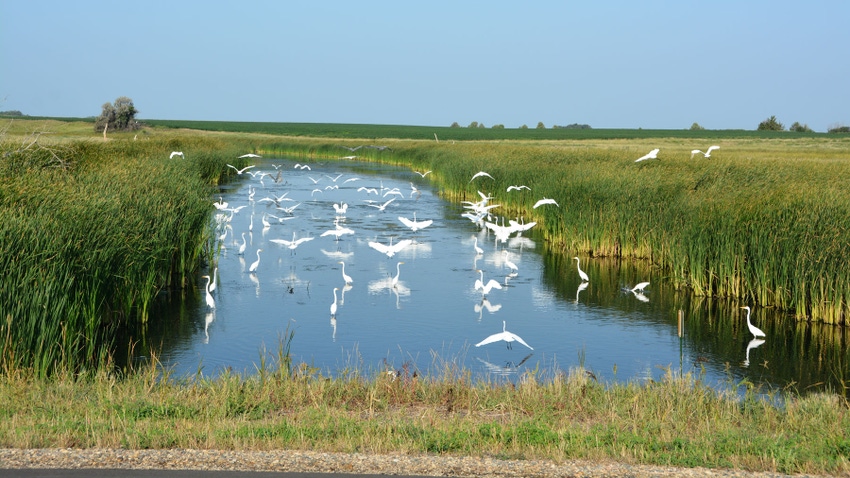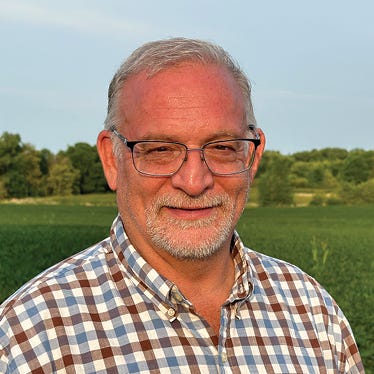July 12, 2023

In May, the U.S. Supreme Court released its ruling in Sackett v. EPA, providing a major victory for farmers and land managers by clarifying the definition of wetlands covered by the federal government under the Clean Water Act.
Michael and Chantell Sackett purchased property near Priest Lake, Idaho, in 2004. In 2007 they began preparing the lot for building a home. Soon thereafter, the EPA informed the Sacketts that their property contained federally protected wetlands and that they were in violation of the CWA. The EPA ordered the Sacketts to restore the site and threatened penalties of more than $40,000 per day.
The Sacketts filed suit in 2008, seeking an opportunity to contest the EPA’s determination. This case worked its way through the court system, with both the District Court for the state of Idaho and the Ninth Circuit Court of Appeals siding with EPA. The Sacketts pressed on, and in 2012 the Supreme Court unanimously ruled that the Sacketts could challenge the EPA’s compliance order.
This sent the issue back to the lower courts. Once again, the district and circuit courts sided with the EPA. They did so by allowing the agency to apply the “significant nexus” rule, under which wetlands are covered by the CWA if they are in the neighborhood of a traditional navigable water. The significant nexus rule arose from a 2006 SCOTUS ruling in Rapanos v. United States, in which four justices defined jurisdictional wetlands as having a continuous surface connection to a traditional navigable water, while one justice wrote that federal jurisdiction only required a “significant nexus” to a covered water.
The Sacketts argued that the EPA was wrong to apply the significant nexus test put forward by a single justice, and that under the more restrictive “continuous surface connection” test, their property did not contain a covered wetland.
Ruling limits CWA jurisdiction
During testimony in the case, the EPA acknowledged that almost all wetlands are potentially susceptible to regulation under the significant nexus test. Ultimately the court sided with the Sacketts, as the court ruled unanimously that their property should not be subject to CWA jurisdiction, with five judges signing onto a majority opinion clarifying that the CWA extends only to those “wetlands with a continuous surface connection to bodies that are waters of the United States (WOTUS) in their own right, so that they are indistinguishable from those waters.”
This is a landmark ruling that will likely affect future iterations of the CWA and definitions of Waters of the U.S. The current EPA rules defining WOTUS largely apply the “significant nexus” test, suggesting that the agency will need to do a rewrite to avoid future legal issues.
Impact on future projects
The court’s ruling has been met with loud cries that this leaves many wetlands unprotected and specifically that farmers will be able to continue draining wetlands at will. This narrative feeds their fundraising activities and energizes their followers — but the reality is that here in Minnesota, farmers have not been draining wetlands for decades.
Minnesota wetlands have state protections even beyond the scope of federal law. So why is this ruling important to Minnesota farmers?
As pointed out in the Supreme Court opinion, the CWA is a “potent weapon,” imposing what have been described as “crushing consequences,” even for inadvertent violations. The justices also pointed out this unique aspect of the CWA: “Most laws do not require the hiring of expert consultants to determine if they even apply to you or your property.”
This ruling will also have an impact on conservation projects, as wetland restorations and similar activities are sometimes slowed down due to interference from federal agencies. There should be fewer questions about jurisdiction as the agencies apply the court’s latest definition.
Formo is executive director of the Minnesota Water Resource Center.
About the Author(s)
You May Also Like






